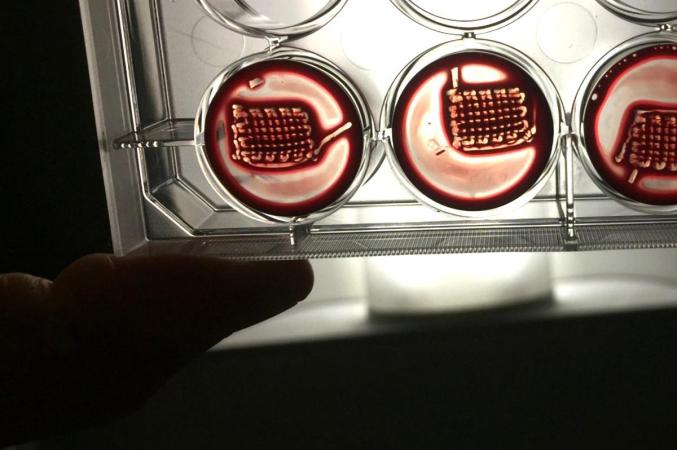Understanding Blood Aging
A collaborative study by the Centre for Genomic Regulation and the Institute for Research in Biomedicine in Barcelona revealed that after age 50, human blood stem cells increasingly produce immune cells linked to inflammation. This clonal dominance reduces blood diversity, potentially heightening disease susceptibility. The research utilized chemical "bar codes" left by dividing stem cells, offering insights into early disease detection and potential rejuvenation therapies.
Limb Regeneration Insights
At the Institute of Molecular Biotechnology of the Austrian Academy of Sciences, scientists identified the Hand2 gene's role in limb regrowth in Mexican axolotl salamanders. Since humans possess the Hand2 gene, this discovery suggests potential pathways for human tissue regeneration, provided similar positional memory exists in human cells.
Implications for Medicine
These discoveries mark significant advancements in understanding biological aging and regeneration. They pave the way for developing personalized anti-aging and regenerative therapies, potentially transforming treatments for age-related diseases and injuries.

